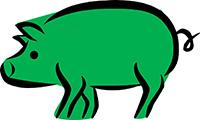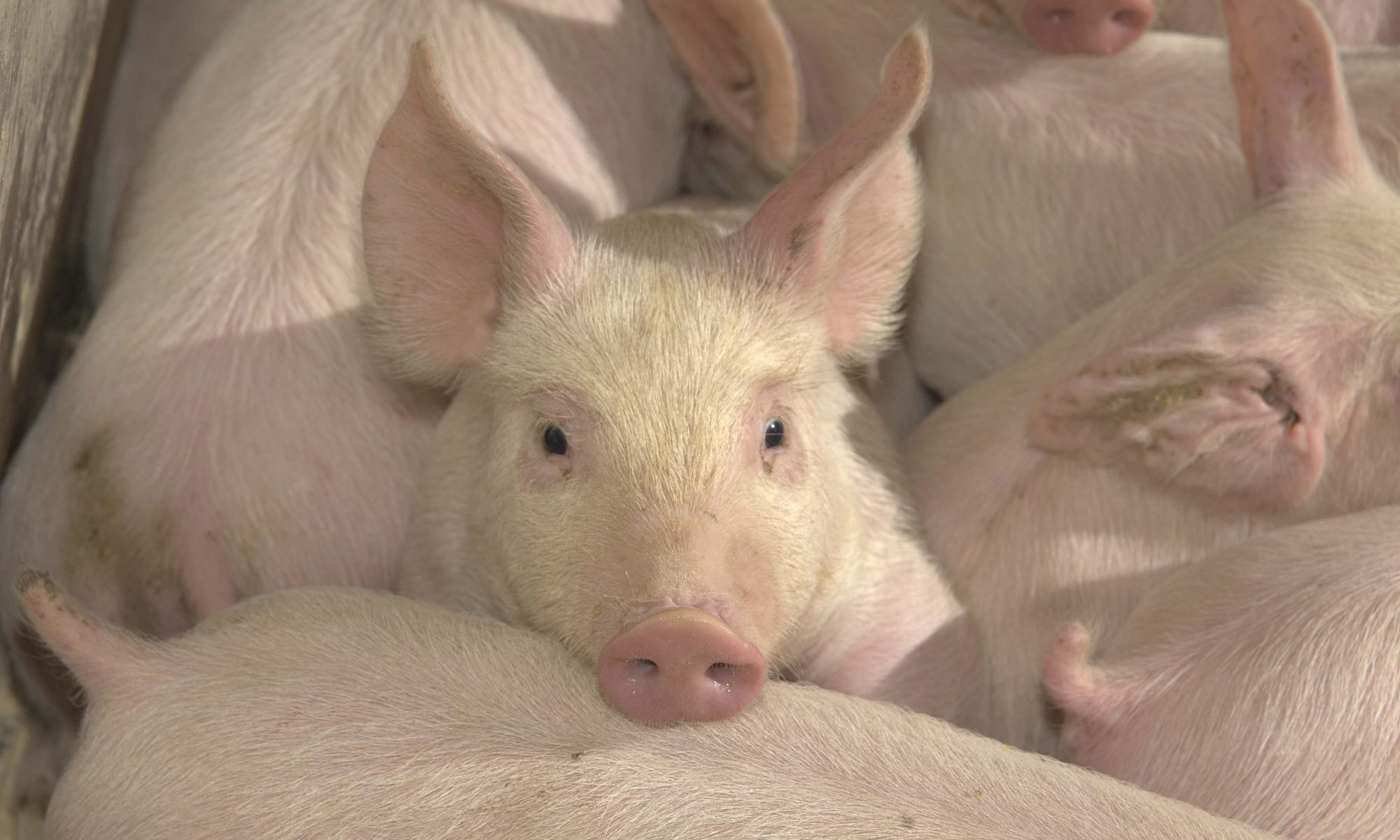 Animal agriculture in the U.S. contributes approximately 3.5% of all man-made greenhouse gases (GHGs). If you look at pork production, it accounts for just 0.34% of all emissions. (Source: U.S. EPA Greenhouse Gas Inventory released April, 2015).
Animal agriculture in the U.S. contributes approximately 3.5% of all man-made greenhouse gases (GHGs). If you look at pork production, it accounts for just 0.34% of all emissions. (Source: U.S. EPA Greenhouse Gas Inventory released April, 2015).
When you total up all the GHG emissions from a particular activity or process, it is called a carbon footprint. The procedure used …
